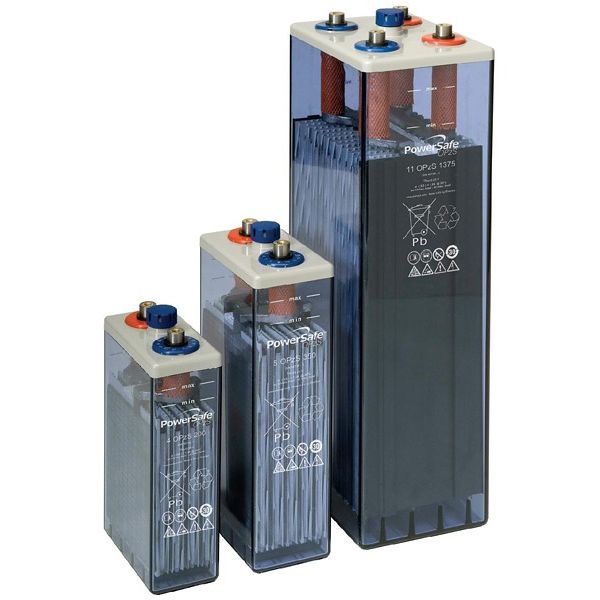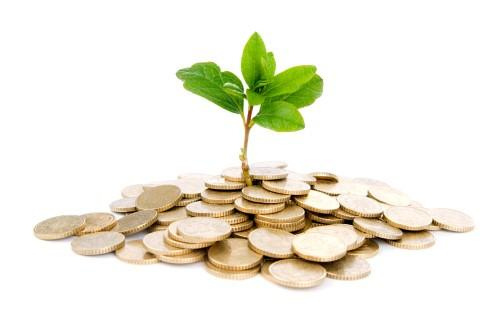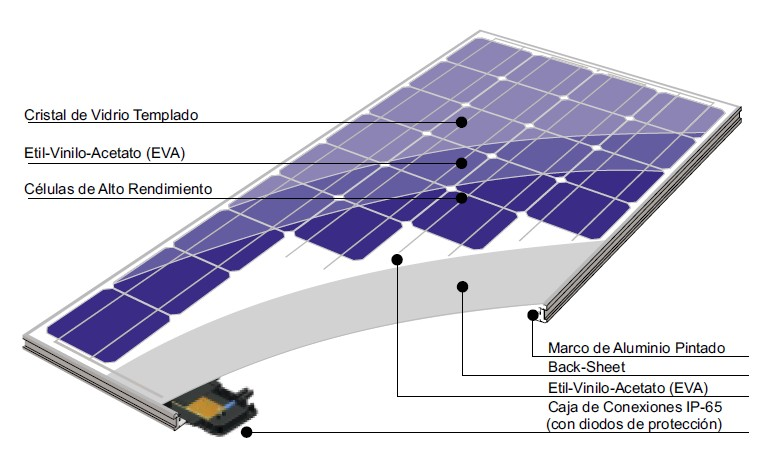It is usual to encounter renewable energy projects that are promoted in the network or come to our hands, often in careful presentations form.
But, what requirements must a project meet to have potential ?
The “sine qua non” requirement is to provide supporting documentation that proves:
1) Land rights
2) Solar / wind resource measurements
3) Grid connection point provision
4) Environmental permit obtaining
5) Electric market agent registration

Once completed, project is classified as RTA (Ready to Auction / Agreement) and it is worthwhile to move on to next stage: profitability analysis.
The most significant variable in this part of the analysis is the PPA (Purchase Price Agreement).
That is, the agreed purchase price for the renewable energy that project will generate.
This price can be set in:
– An auction, usually public
– A private parties agreement, usually with an electricity distribution company whose corporate clients demand energy from renewable sources voluntarily or legally required.
After this second phase, project is classified as RTB (Ready to Build).

Funding is now necessary to make it happen.
The information needed to begin the application process is:
1* Documentation proving project ownership
2* Business plan detailing repayment coming from funds flow generated by project itself operation. That is, by the sale of the energy generated
3* Information demonstrating that project is “bankable” and for this the most important are Power Purchase Agreement (PPA) terms and the offtaker
4* Information about project risks allocation as there are many risks that funder is not willing to assume. For example, that project has all permits required by local legislation, with all environmental approvals, with a proven EPC builder, etc.
5* In relation to PPA, a relevant issue is force majeure definition. Hail, for example, should be considered as a force majeure cause since it is very relevant in some regions.
Sopelia collaborates in complete process. From “sine qua non” conditions fulfillment to financing.
On June 3rd, 2017, Sopelia has become Representative Fiduciary Agent for Latin America of a major Abu Dhabi Investment Fund.
This Investment Fund collects and manages a multimillion-dollar portfolio of local, regional and international investments, which wishes to reinvest in projects financing to third investors, project owners and business facilitators in general at an annual interest rate of 3%.
These must be long-term investment projects that can generate an acceptable ROI during funding period.
Funding amounts range from a minimum of U$D 1 million to a maximum of U$D 10.9 billion.
We invite all renewable energy projects owners to send us their initiatives for our previous evaluation.
All you need is Sun. All you need is Sopelia.

















